HTML
Our HTML course provides comprehensive training in the foundational language of the web. You'll learn to structure web content semantically, create accessible websites, and understand how HTML works with CSS and JavaScript. The curriculum covers everything from basic tags to modern HTML5 features, preparing you for frontend web development.
Course Highlights
Skills You'll Gain
- Use HTML5 semantic elements
- Create forms with validation
- Embed audio and video content
- Draw graphics with Canvas and SVG
- Implement client-side storage
- Apply CSS3 styles and animations
- Design layouts with Flexbox and Grid
Our Graduates Work At


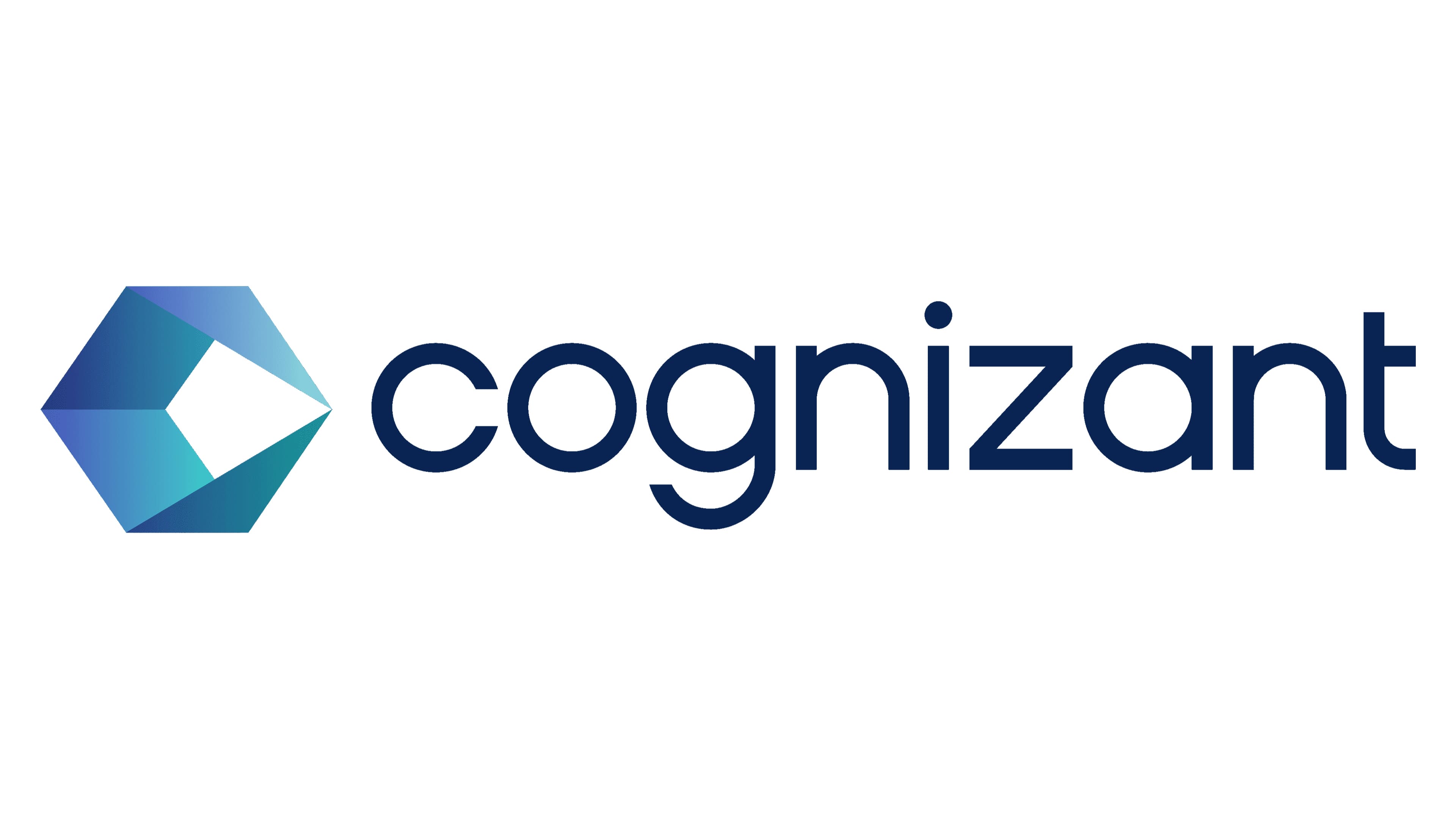
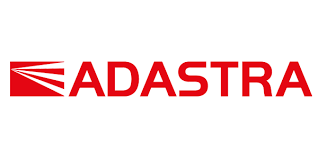

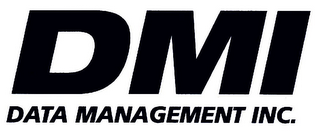
Course Curriculum
- New in HTML5
- New DOCTYPE and Character Set
- New and Depreciated Elements
- Semantic Markup
- Simplifying Selection using the Selectors API
- JavaScript Logging and Debugging
- Window.JSON
- DOM Level
- Currently available features
- Browser Support
- Detective native availability of features
- Working with emulation
- Create a web page that verifies the availability of new HTML5 features.
- HTML5 Page Structure
- HTML5 DOCTYPE
- HTML5 markup structural elements
- Semantic elements
- Create a web page that make usage of new structural and semantic elements like main, section, aside, article, header, footer and other semantic elements.
- HTML Forms VsXForms
- Functional Forms
- New Form Attributes and Functions
- Placeholder Attribute
- Autocomplete Attribute
- Autofocus Attribute
- List Attribute and datalist Element
- Min and Max attributes
- ValueAsNumber attribute
- Required Attribute
- Checking Forms with Validation
- Validation Feedback
- Develop a product entry form which uses HTML5 form elements and validation attributes.
- The Audio and Video Elements
- Understanding Audio and Video
- Working with Audio and Video Containers
- Understanding Audio and Video Codecs
- Create a web page that displays multiple video and audio using HTML5 video and audio elements.
- Overview of Canvas Vs. SVG
- Canvas coordinates
- Context
- Pixel Data
- Working with Canvas APIs
- Drawing Operations
- Canvas Transforms
- Understanding and Working with SVG
- Create a web page that makes use of basic Canvas API and also displays svg graphics and drawings.
- Overview of HTML5 Web Storage
- Browser Support for HTML4 Web Storage
- Using the HTML5 Web Storage
- Checking for Browser Support
- Setting and Retrieving Values
- Plugging Data Leaks
- Create a web page that sites and gets data Run HTML5 web storage.
- Introducing CSS3
- CSS3 Colors, Gradients and Multiple Backgrounds
- Rounded Corners and Border-Radius
- CSS3 Transforms
- Transitions
- Animations & 2D Transformations
- Web Fonts with @font-face
- CSS3 Multicolumn Layouts
- Develop a web page that enhances the richness of the page using CSS3,colours,gradients,border radius,animation,transformations and transitions.
- Introduction
- Box Model basics
- Container
- Direction
- Wrapping
- Justifying & Alignments
- Display order
- Flexibility
- Alignment
- Create a page that displays product gallery layout coded with flexbox.
- Introduction
- Grid Layout
- Grid Elements
- Placing Grid Lines
- Attaching Elements to the Grid
- Order and Align Items in Grid Layout
- Grid Flow
- Opening Grid Spaces
- Create a page that displays product gallery layout coded with CSS grid.

Have Questions?
Book a free consultation with our experts
ICLP Certification
Earn a recognized credential that validates your technical expertise and opens doors to new career opportunities.
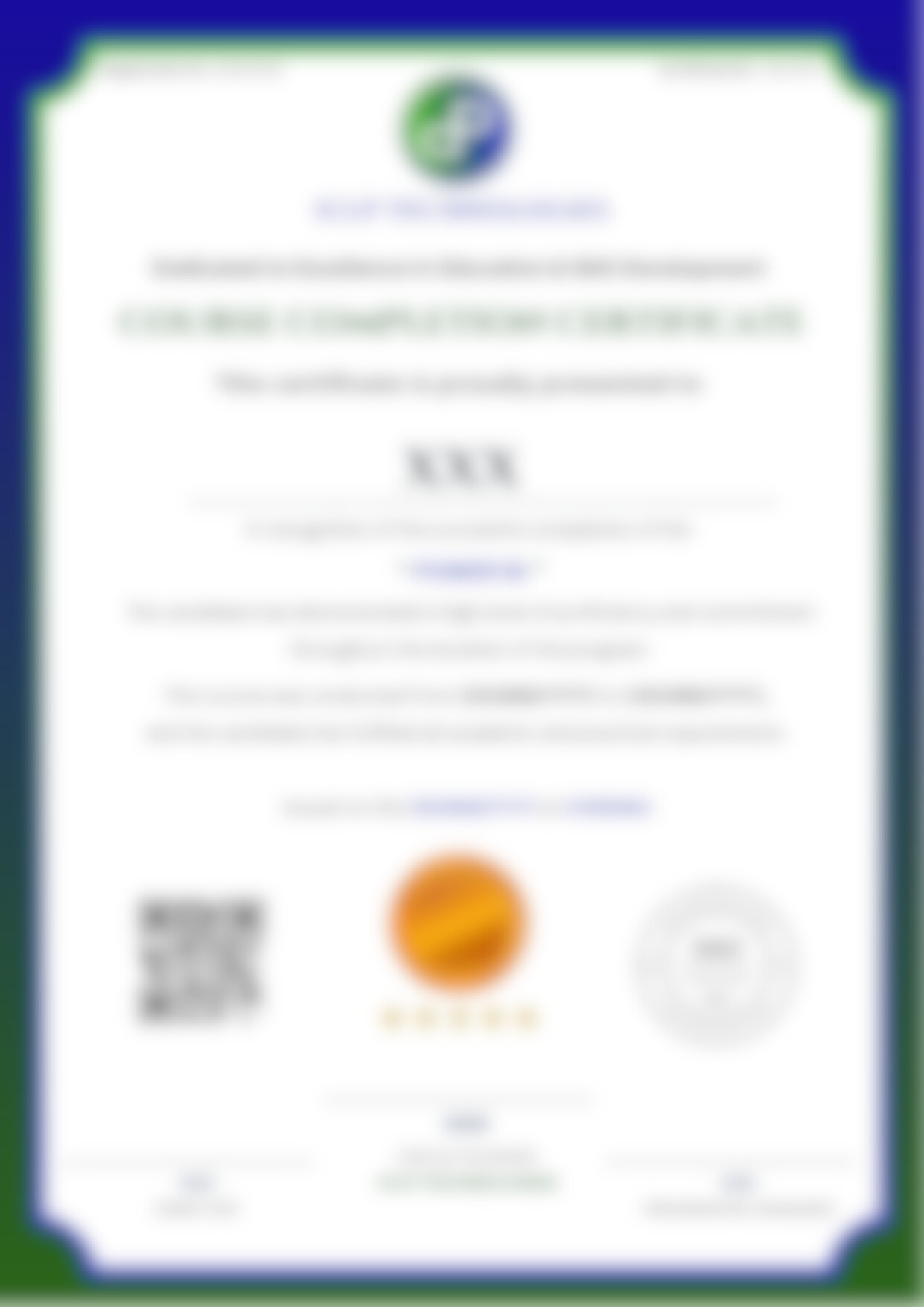
Why Learn HTML?
- Foundation of web development
- Easy to learn basics
- Essential for all web projects
- Good starting point for coding
- Immediate visual results
- Works with CSS and JavaScript
- No special tools required
- Good for content creation
- Understanding of web structure
- Pathway to more advanced topics
Our Hiring Partners
Top companies where our graduates work








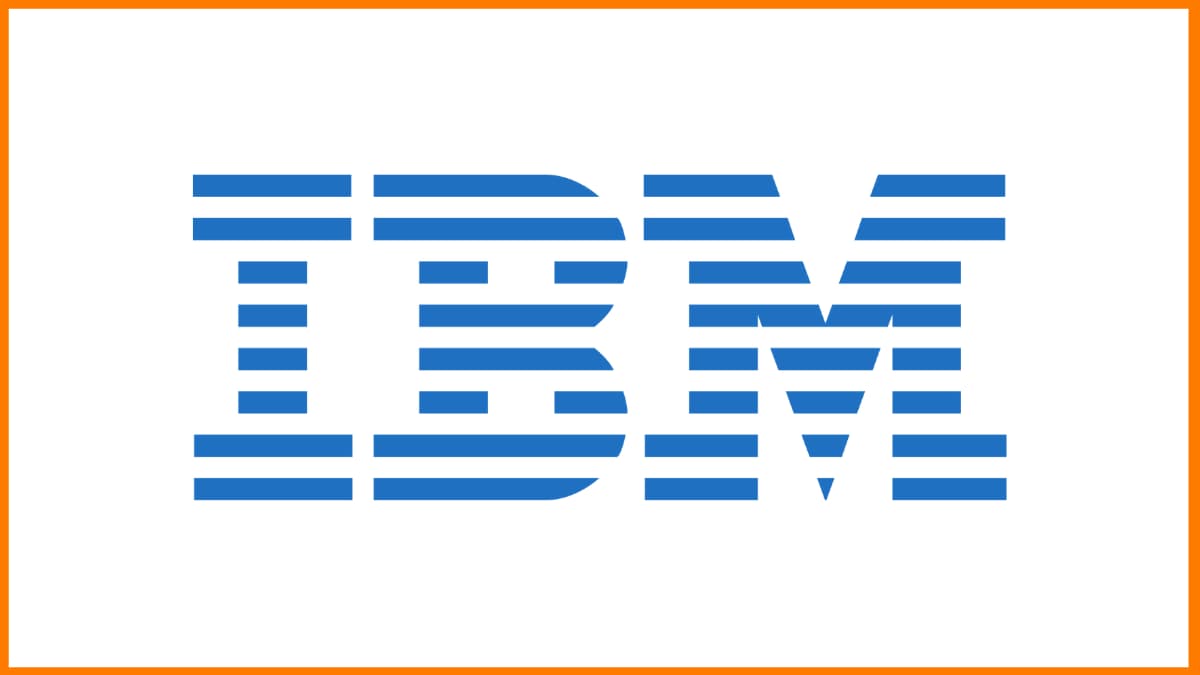

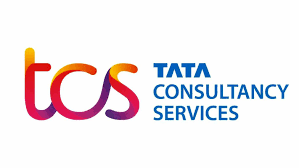

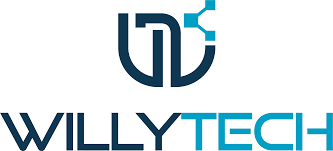
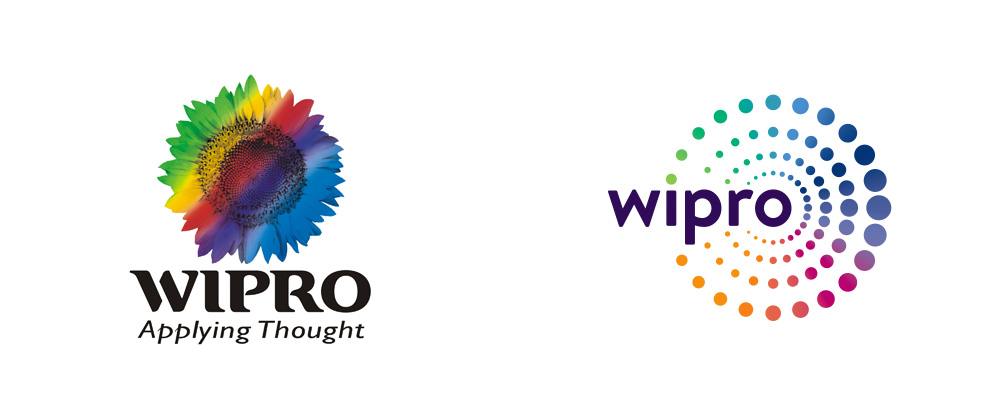
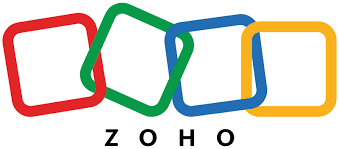
Reviews
Average rating: 4.8/5 (1,000+ learners)
HTML FAQs
Find answers to common questions about this course
HTML (HyperText Markup Language) is the standard markup language for creating web pages, defining their structure and content with elements/tags.
Essential tags include <html>, <head>, <title>, <body>, <h1>-<h6>, <p>, <a>, <img>, <div>, <span>, <ul>/<ol>, <li>, and <table>.
HTML5 introduced semantic elements (<header>, <footer>), multimedia support (<audio>, <video>), canvas, local storage, and new form controls.
Use the <a> tag with href attribute: <a href="url">link text</a>. For email links: <a href="mailto:email@example.com">Email</a>.
Attributes provide additional information about elements, like href for links, src for images, alt for alternative text, and class/id for styling.
Use the <img> tag with src (image source) and alt (alternative text) attributes: <img src="image.jpg" alt="description">.
Semantic elements clearly describe their meaning (<header>, <nav>, <main>, <article>, <section>, <aside>, <footer>) helping accessibility and SEO.
Use <form> containing <input>, <textarea>, <select>, <button> elements with attributes like name, type (text, email, submit), and required.
Basic structure: <!DOCTYPE html>, <html> with <head> (metadata) and <body> (visible content) sections. Head contains title, meta, link, script tags.
Use semantic HTML, alt text for images, proper heading hierarchy, ARIA attributes when needed, keyboard navigability, and sufficient color contrast.
Ready to Start Your HTML Journey?
Limited seats available for the next batch
Explore Our Courses
Discover the perfect course to advance your career


